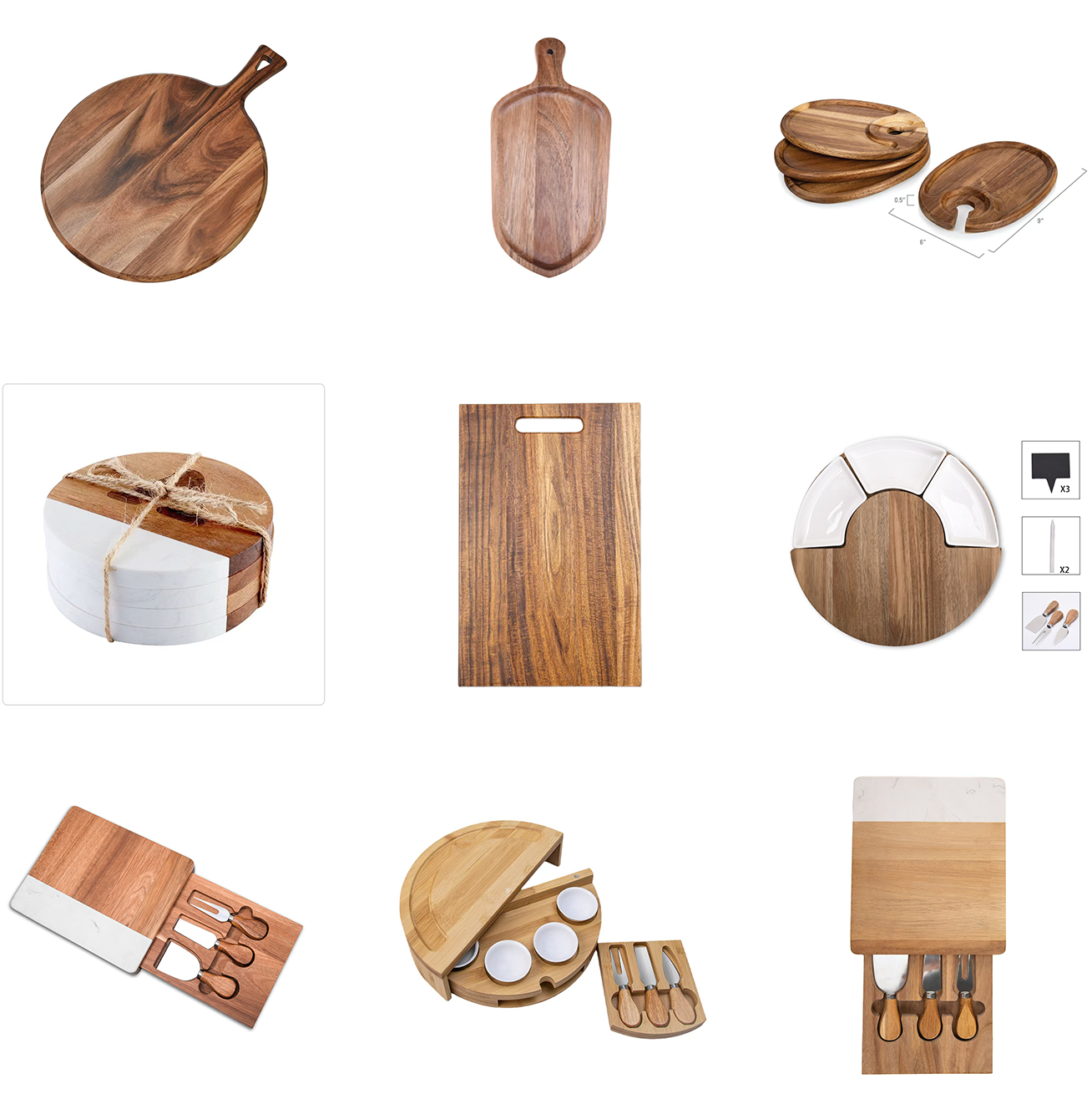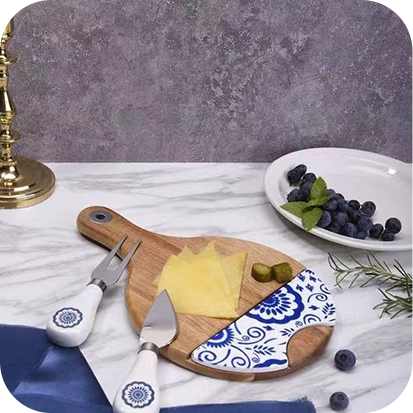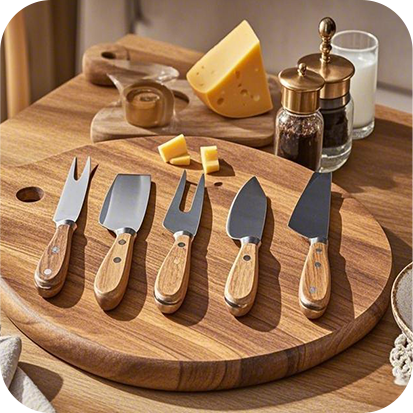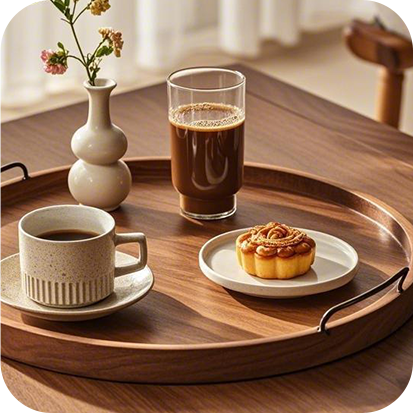Soft and reactive woods may pose health and usability issues for cutting boards. This article explains the risks and why non-reactive Acacia bread boards are a safer choice.
Why Soft and Reactive Woods Are Bad for Cutting Boards
When it comes to food preparation, the materials in your kitchen matter—especially what you cut on. While hardwoods are preferred, using soft or reactive woods can pose risks to food safety and kitchen hygiene.
The Dangers of Soft Woods
Woods like pine and fir dent easily, leaving crevices where bacteria can thrive. These boards quickly become unsanitary and may need frequent replacing. Moreover, softwoods lack the density to resist knife marks, making them unsuitable for daily use.
Reactive Woods: A Hidden Hazard
Some woods react chemically with food, especially acidic items like tomatoes and citrus. This can result in metallic tastes or discoloration. Choosing non-reactive custom Acacia wood bread cutting boards ensures your food remains fresh and untainted.
Better Alternatives Exist
Acacia, for example, is a non-reactive hardwood with antimicrobial properties. It’s ideal for bread boards, cheese trays, and more. Certified models—such as those with custom engravings—offer both safety and style.



















